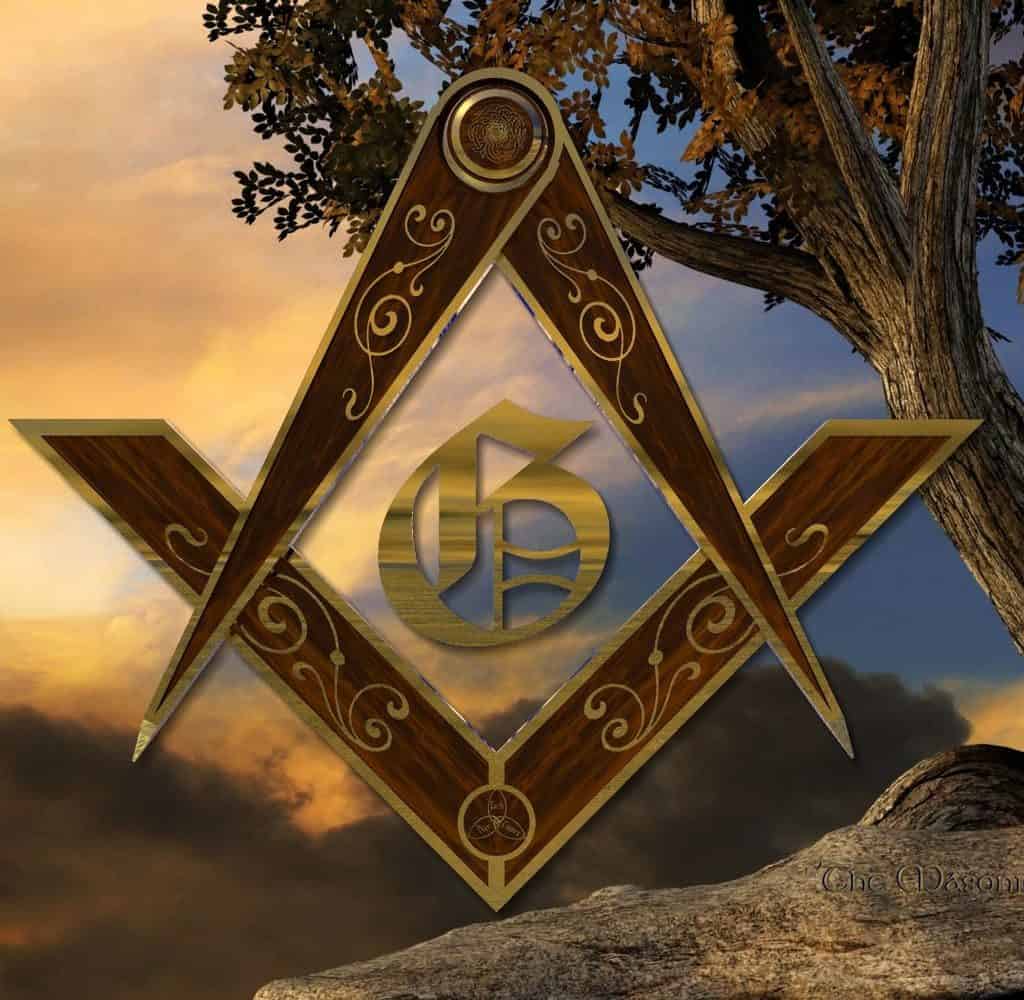Did you know that St. John’s Day is a key celebration in Freemasonry? Freemasons honor St. John the Baptist and St. John the Evangelist in ceremonies full of symbolism and tradition. Want to learn the secrets of one of the most important celebrations for Freemasons?
History and Origin of St. John’s Day in Freemasonry
The tradition of celebrating St. John’s Day has its roots in ancient pagan practices of commemorating the solstices.
These festivities, marking the extreme points of the solar trajectory, were significant moments in various ancient cultures. The solstices represented a change in the seasons and were seen as times of renewal and transition. During these festivities, rituals were performed to honor the sun and pray for the fertility of the land and the well-being of communities.
Later, the Christian Church adopted and transformed these festivities, linking the solstitial dates with the feasts of St. John the Baptist (June 24) and St. John the Evangelist (December 27). This integration of pagan celebrations into the Christian calendar allowed for a smoother transition for communities that followed these ancient traditions.
Freemasonry, inheriting these syncretic traditions, incorporated St. John’s Day celebrations, enriching its own rituals with the symbolism associated with the solstices. Thus, these festivities not only celebrate light and knowledge but also the continuity and evolution of spiritual traditions throughout history.
Symbolism of the Solstices in Freemasonry
For Freemasons, the solstices represent moments of reflection and renewal. These dates mark astronomical changes and symbolize the cycle of life and the continuous process of learning and growth.
The summer solstice, associated with St. John the Baptist, symbolizes light, knowledge and rebirth. During this time, Freemasons celebrate the fullness of light and the expansion of wisdom, remembering the importance of personal and collective enlightenment.
In contrast, the winter solstice, linked to St. John the Evangelist, represents introspection, hope and the promise of a new beginning. This period invites Freemasons to look inward, reflect on the past year and prepare for the rebirth of light.
The solstices, seen as gateways to knowledge and spiritual growth, offer Freemasons the opportunity to renew their commitment to the principles of fraternity, justice and the constant pursuit of knowledge.
Masonic Patrons: St. John the Baptist and St. John the Evangelist
St. John the Baptist and St. John the Evangelist are emblematic figures in Freemasonry. St. John the Baptist, the precursor of light, is honored at the summer solstice when the sun reaches its highest point.
On the other hand, St. John the Evangelist, the guardian of the word, is celebrated at the winter solstice when light begins to return after the longest night. Both saints symbolize duality and balance, fundamental principles in Masonic philosophy.
Rites and Traditions of St. John’s Day in Freemasonry
During St. John’s Day, Masonic lodges conduct solemn ceremonies that include the installation of new Grand Masters and Worshipful Masters. These ceremonies, full of symbolism, reinforce continuity and renewal within the fraternity.
The installation of these leaders is a crucial moment that highlights the importance of guidance and wisdom in the Masonic community. Choosing this date underscores the commitment to the principles of light and knowledge represented by the solstices and patron saints.
In addition to formal ceremonies, meetings and banquets are held where lodge members celebrate fraternity and reflect on Masonic principles. These social gatherings foster camaraderie and allow Freemasons to share experiences and knowledge.
The banquets, often adorned with speeches and toasts, are an opportunity to strengthen bonds within the lodge and remember the historical and spiritual legacy that unites them. The combination of solemn rituals and communal celebrations encapsulates the spirit of St. John’s Day, highlighting both the solemnity and joy that characterize this Masonic festival.
Influence of Pagan and Christian Rites in Freemasonry
Freemasonry has managed to integrate and adapt various traditions over the centuries. The celebrations of the solstices, originating in ancient sun cults, were reinterpreted and adopted by the Christian Church and eventually incorporated into Masonic rites.
This syncretism enriches Masonic practice, endowing it with profound symbolism that connects Freemasons with a long history of wisdom and spirituality.
Installation Ceremonies of Grand Masters and Worshipful Masters
The installation ceremonies of Grand Masters and Worshipful Masters are traditionally held around St. John’s Day.
These events are moments of great solemnity and symbolism, where the values and principles of Freemasonry are reaffirmed. During the ceremony, the importance of continuity and renewal in Masonic leadership is emphasized, always remembering the ideals of wisdom and justice that guide the fraternity.
The new leaders are entrusted with the responsibility of guiding their lodges, inspired by the example and teachings of the two St. Johns. St. John the Baptist and St. John the Evangelist, with their lives dedicated to light and knowledge, serve as models for Freemasons.
The installation ceremony is not only a rite of passage for new leaders but also an occasion for the entire lodge to reflect on its commitment to Masonic principles and its mission to promote the spiritual and moral growth of its members.
Conclusion and Future of the Masonic Celebration of St. John’s Day
The celebration of St. John’s Day will continue to be an integral part of Masonic practice, reflecting the rich heritage and profound symbolism of the fraternity.
As Freemasonry evolves, these traditions will continue to provide a framework for reflection and renewal, keeping alive the connection with ancient rites and spirituality. With each solstice, Freemasons renew their commitment to the pursuit of light and knowledge, honoring the memory of St. John the Baptist and St. John the Evangelist.





